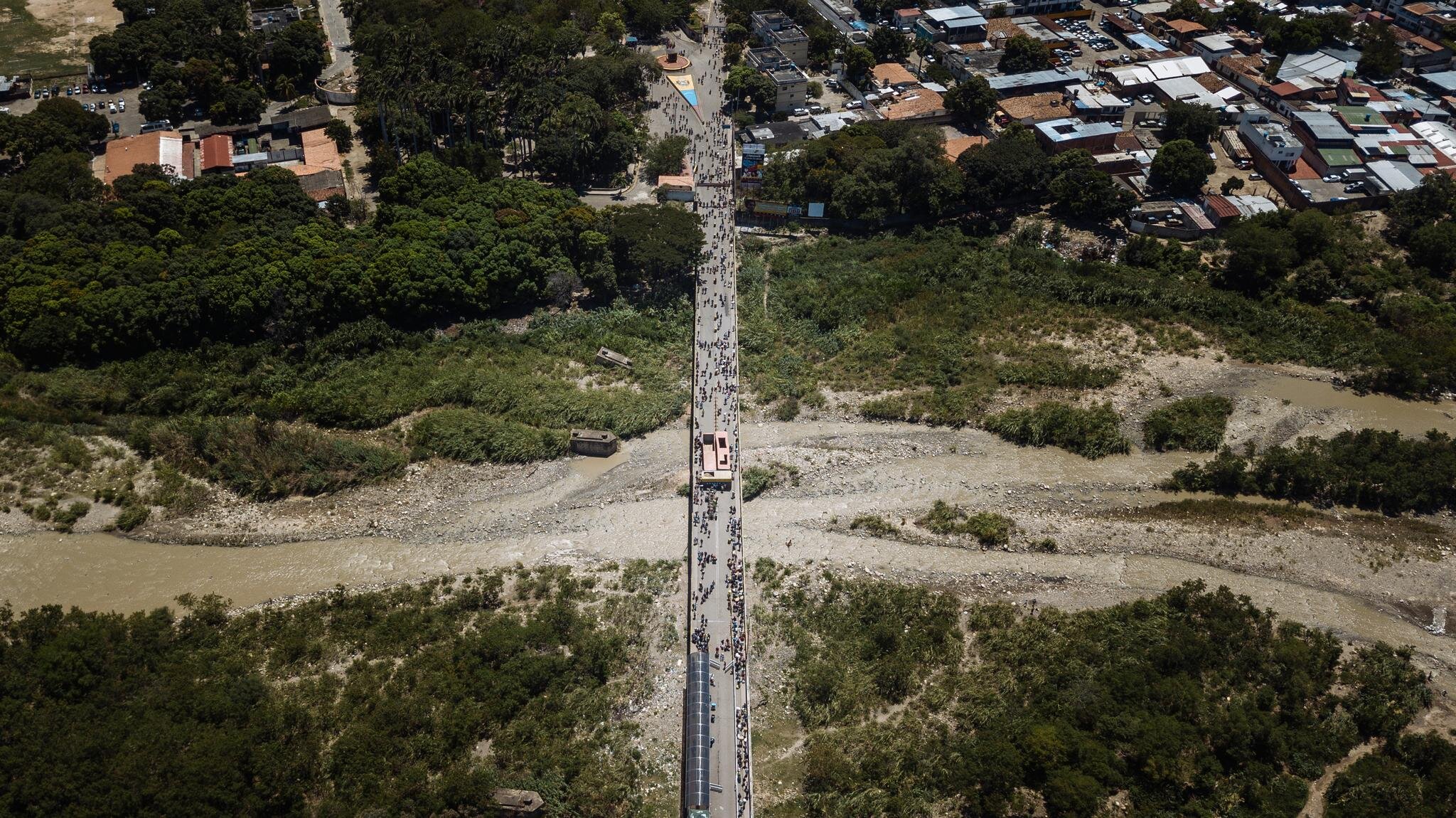
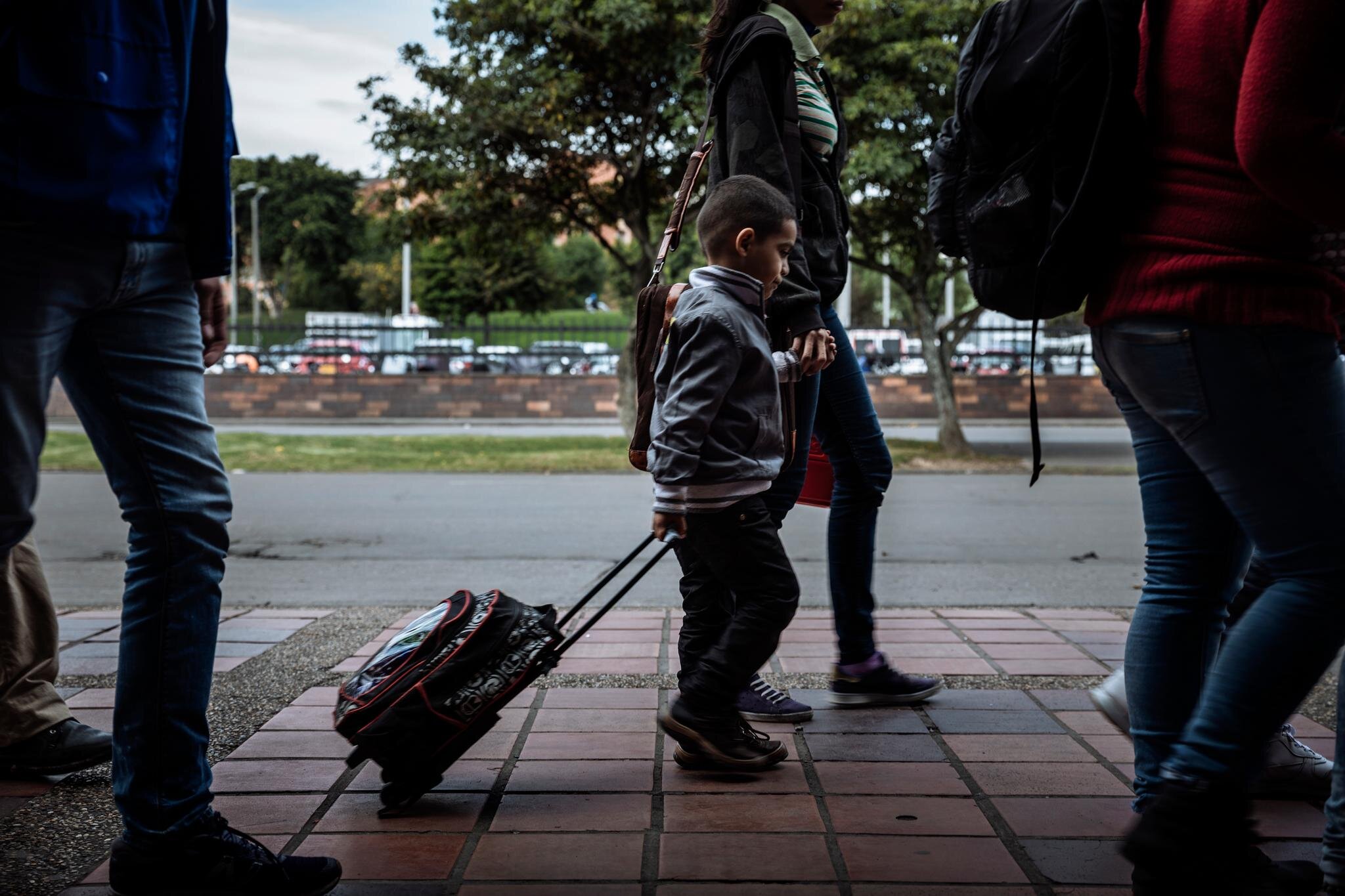

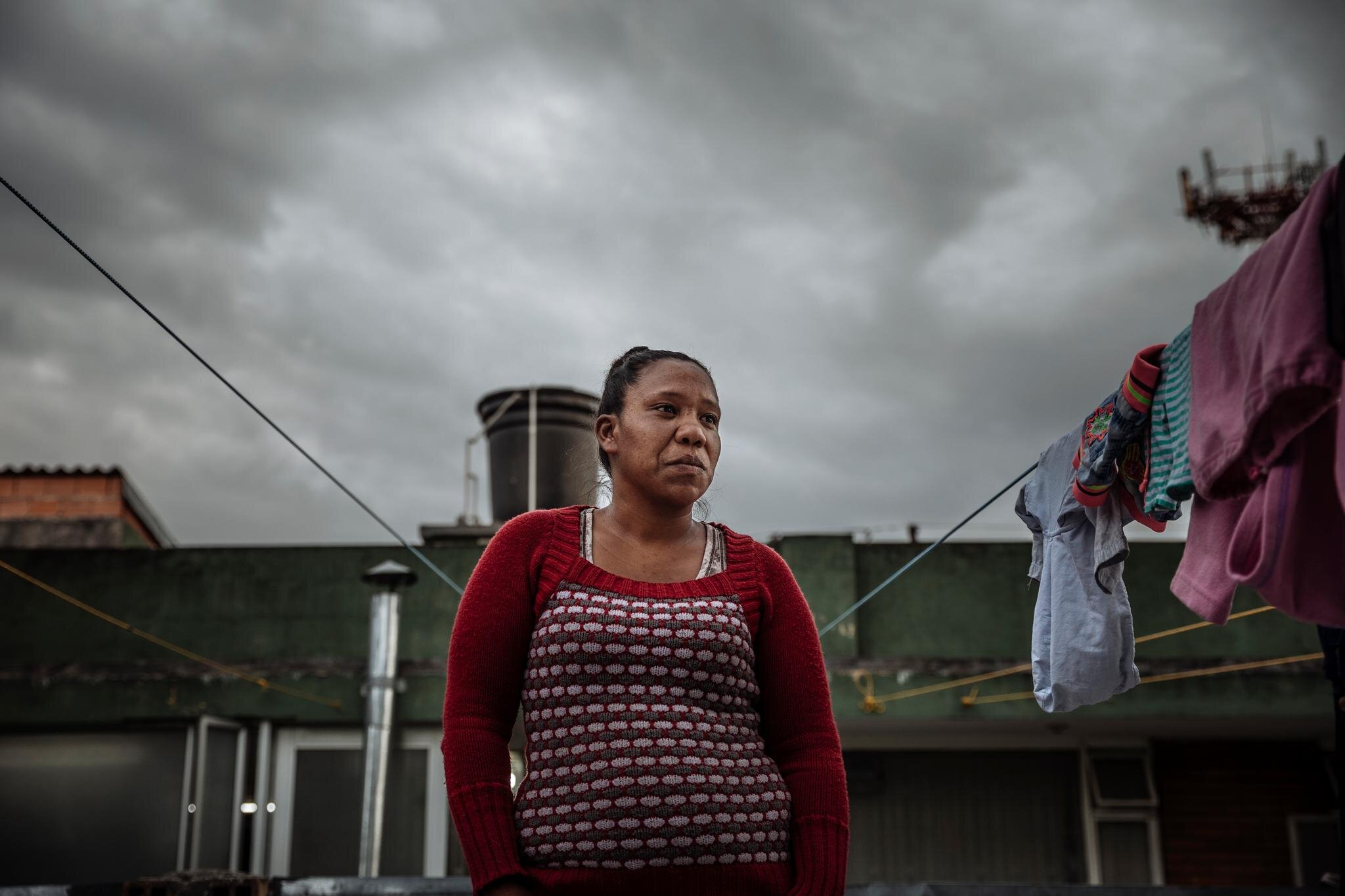
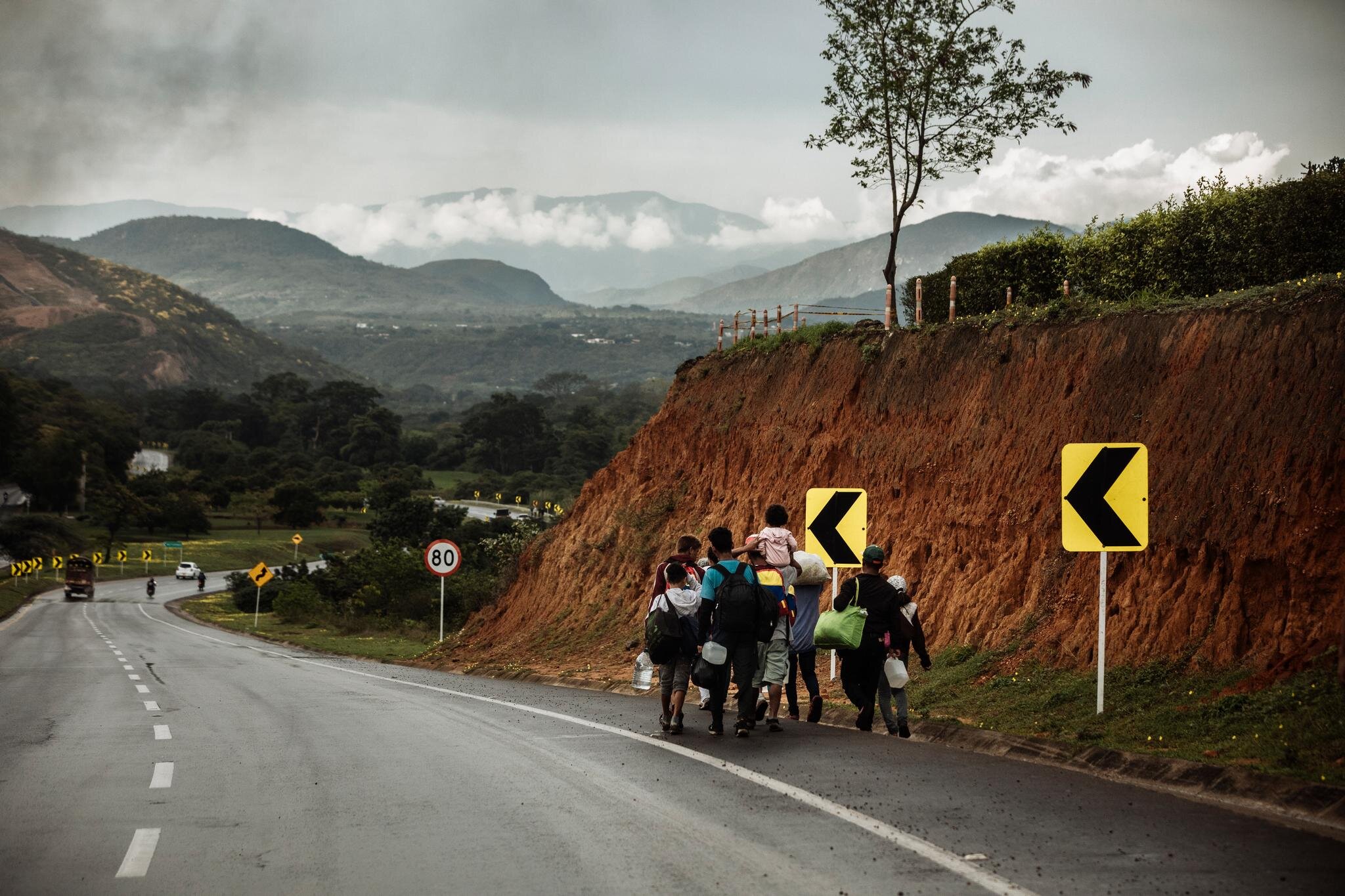
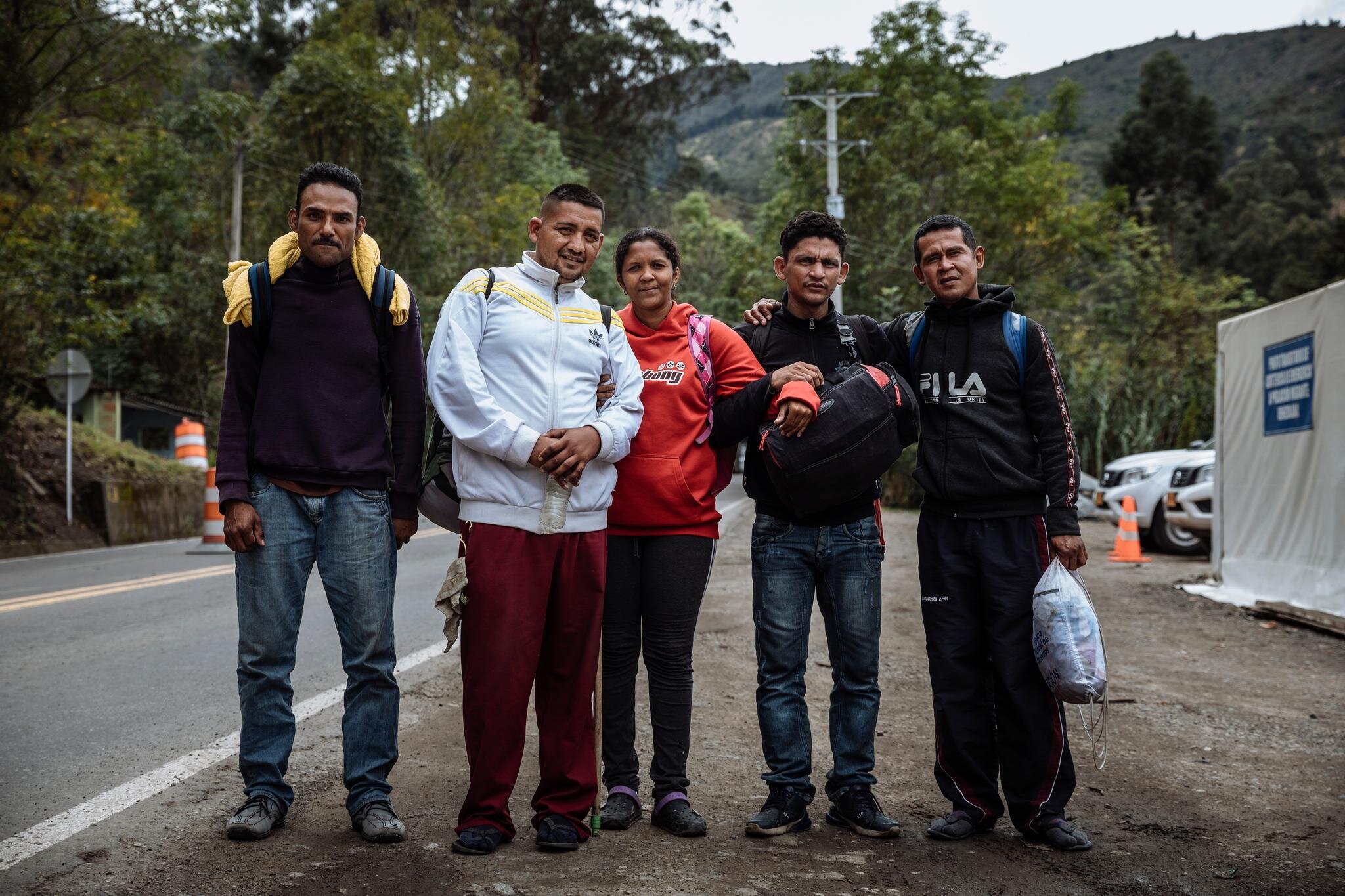
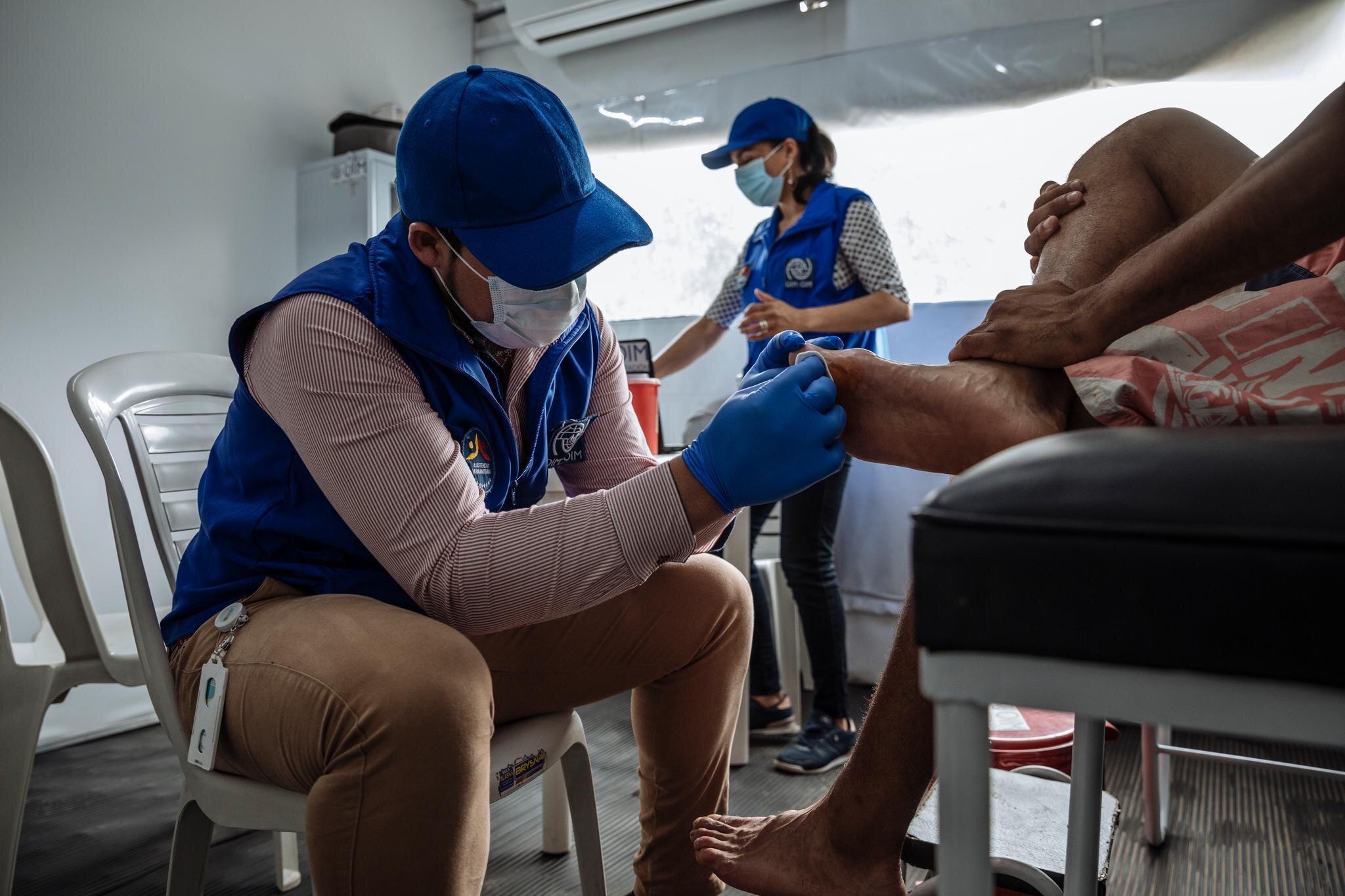
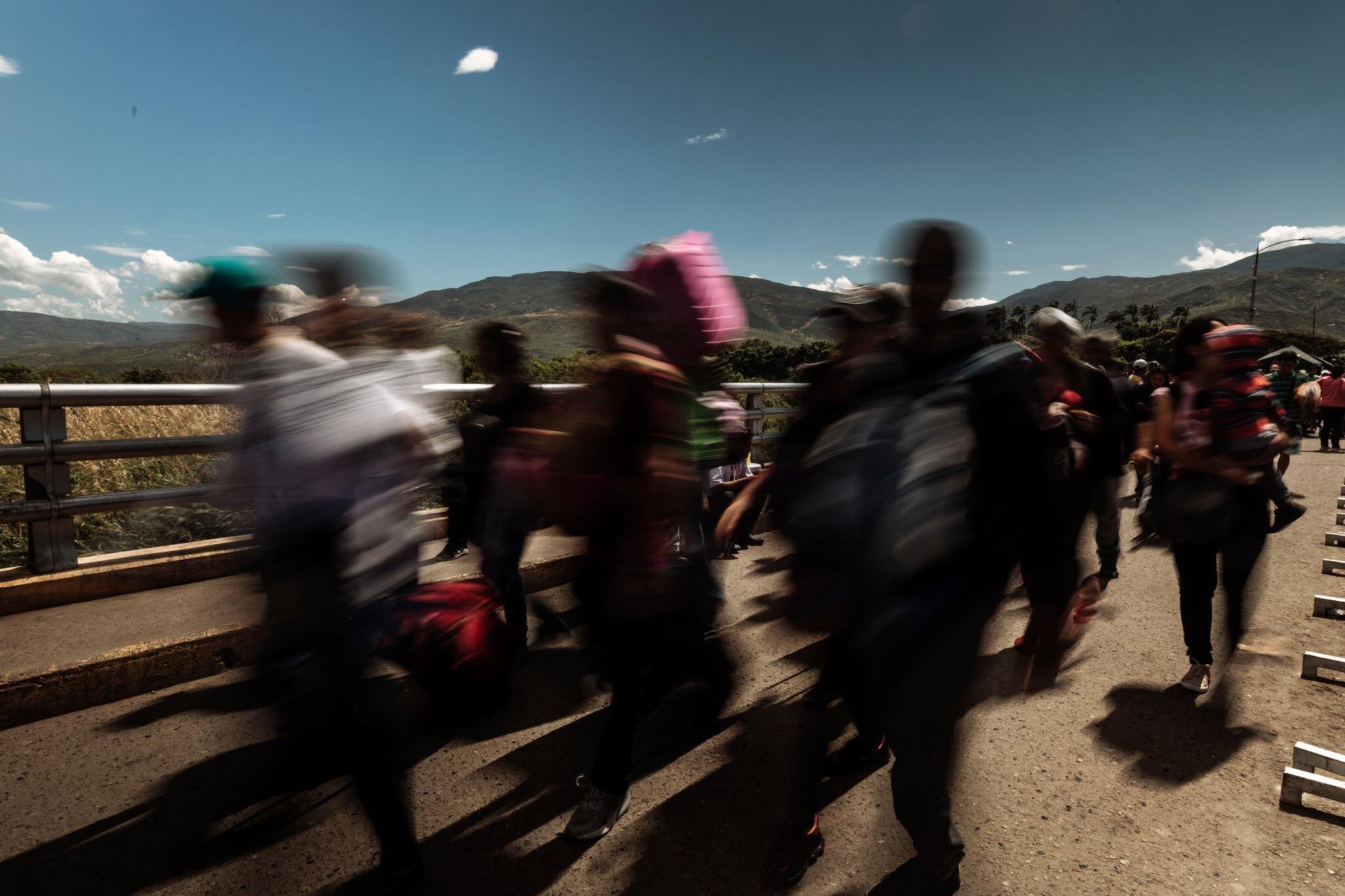
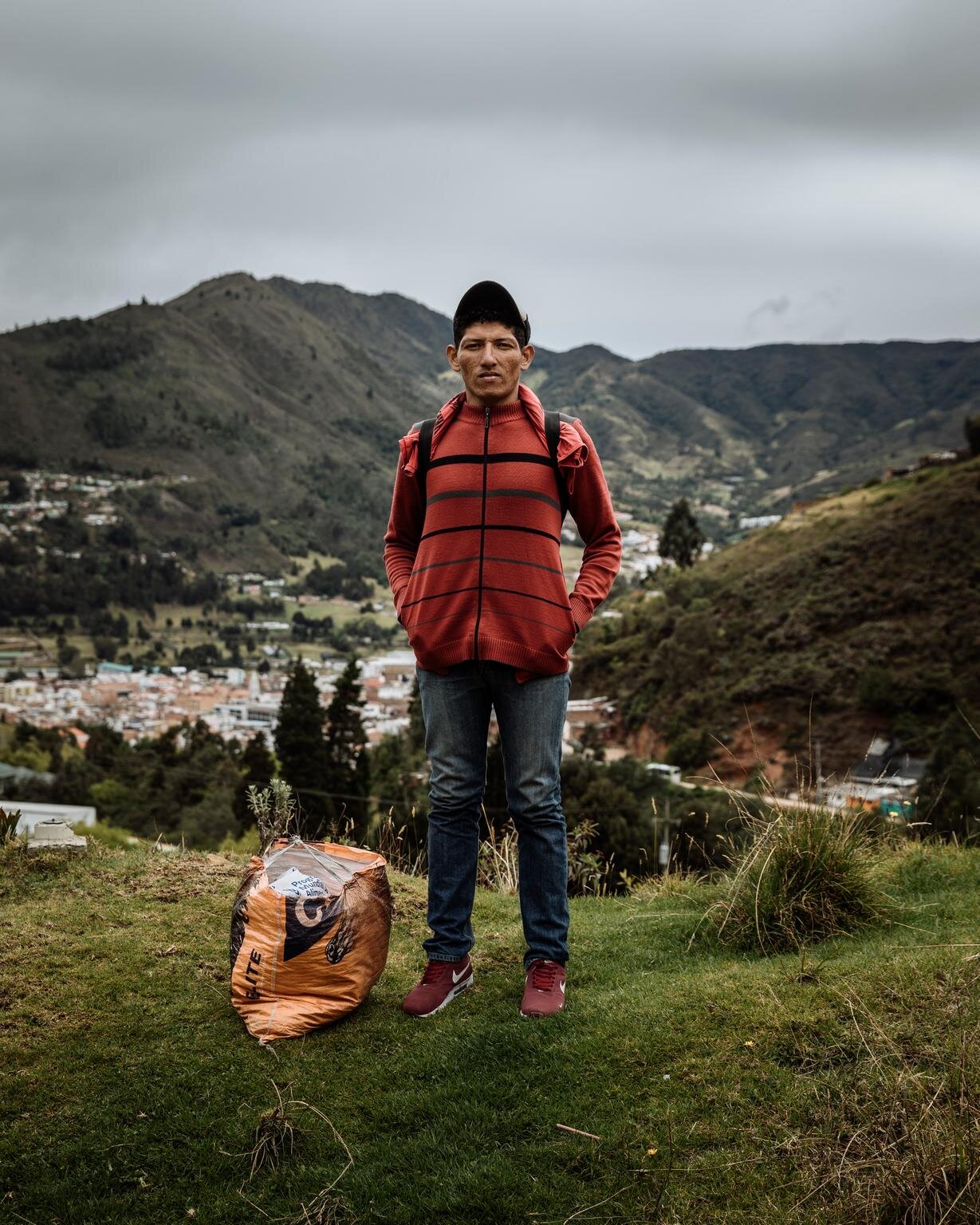
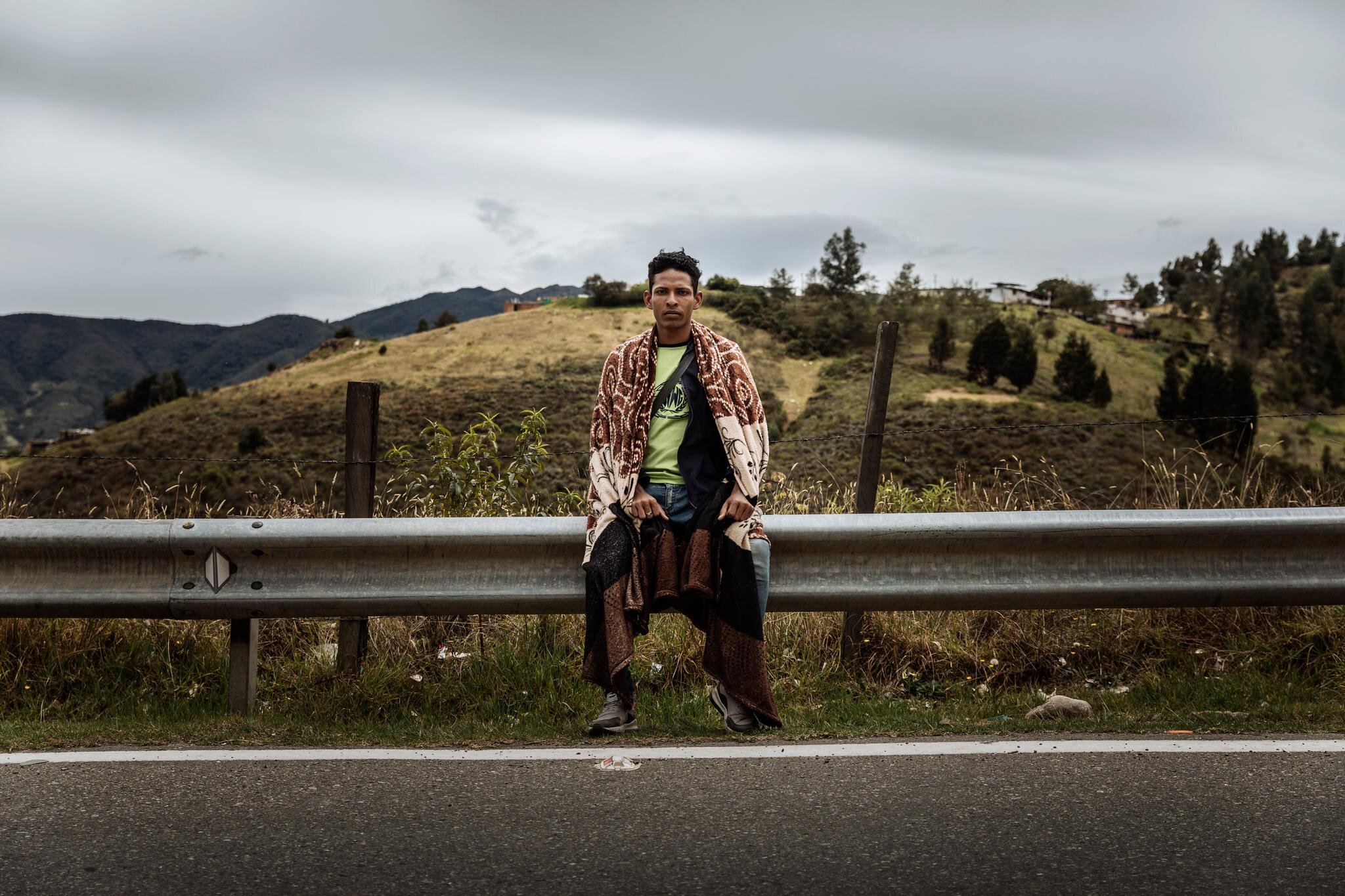
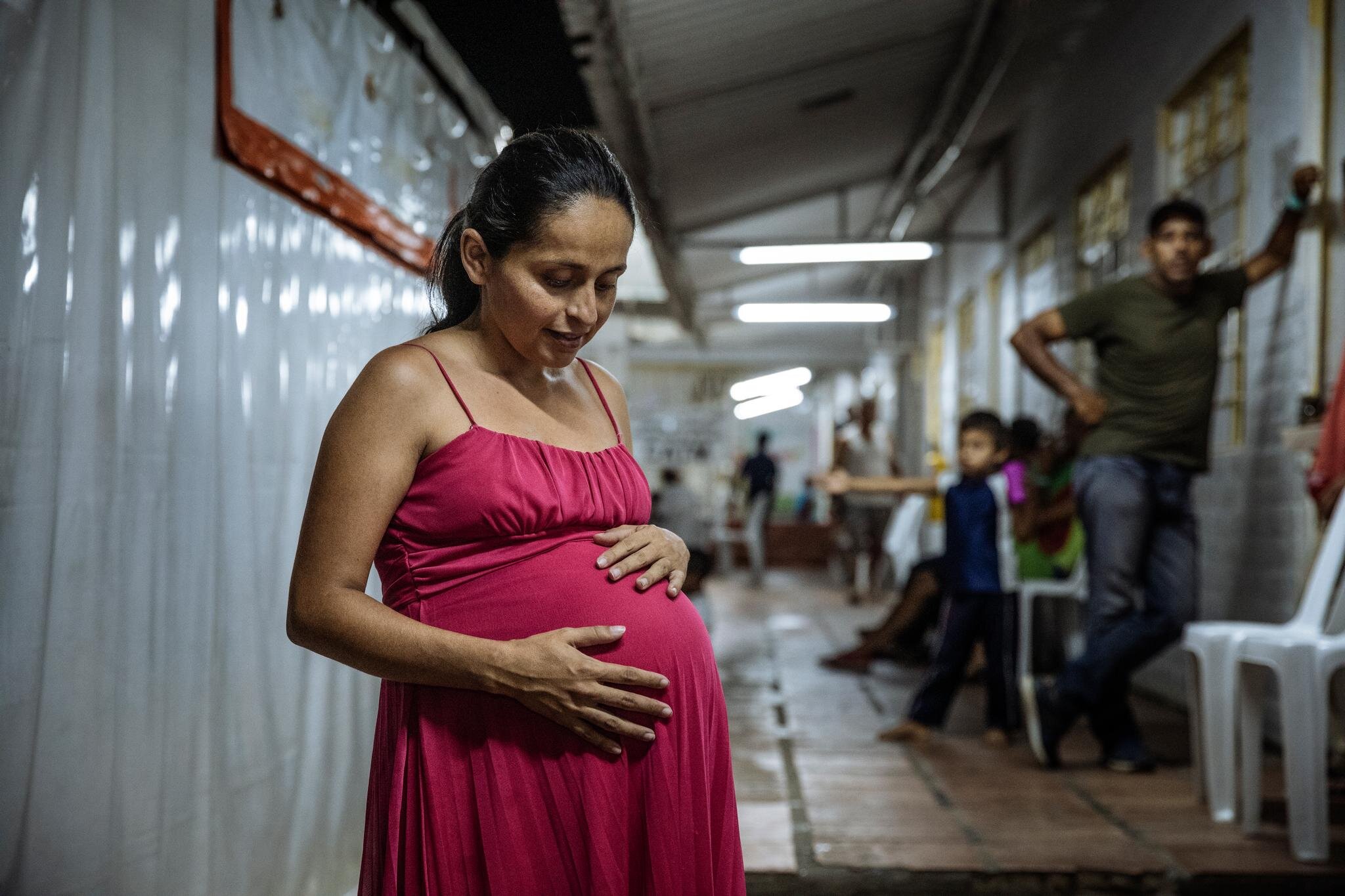
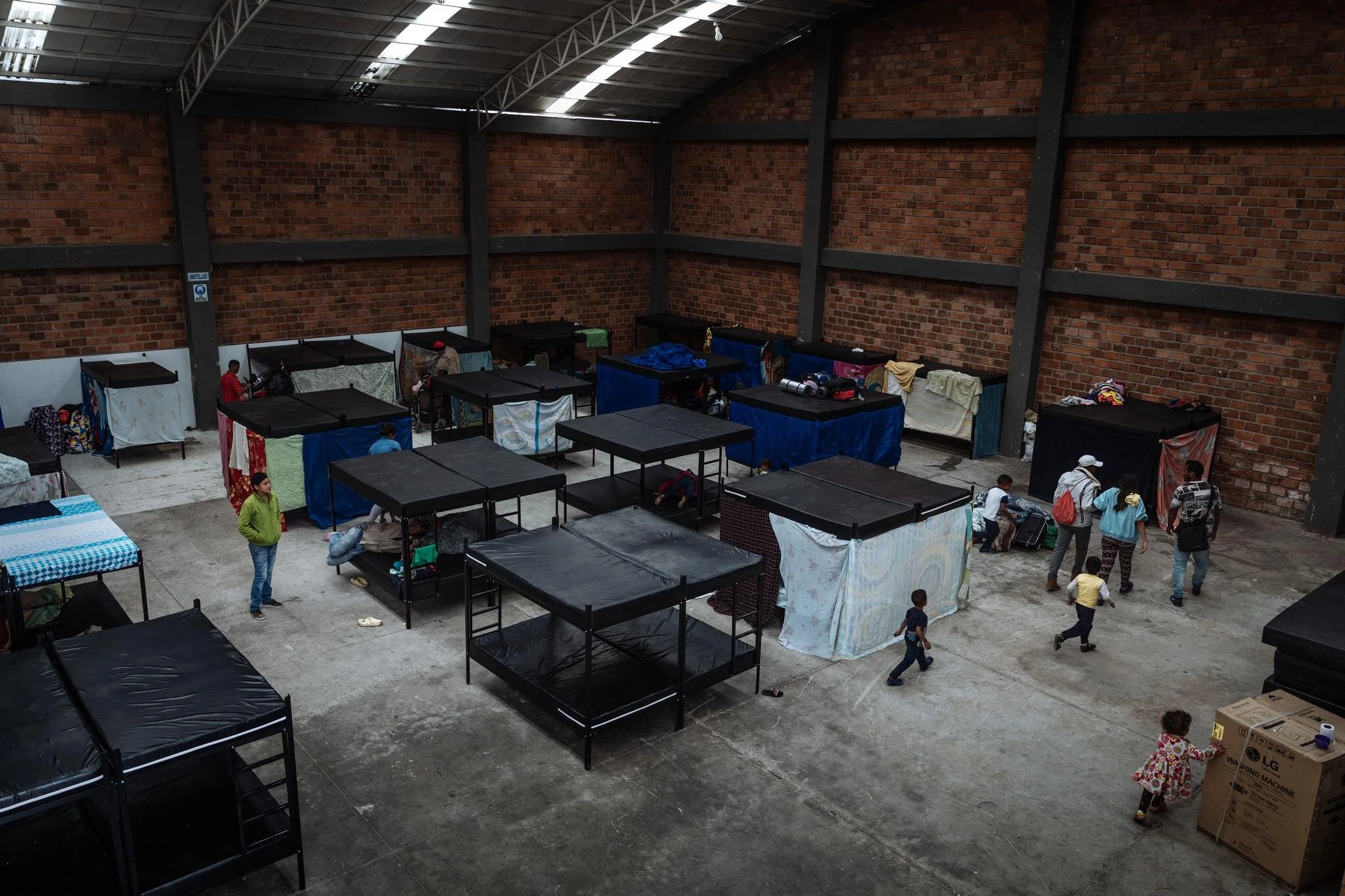
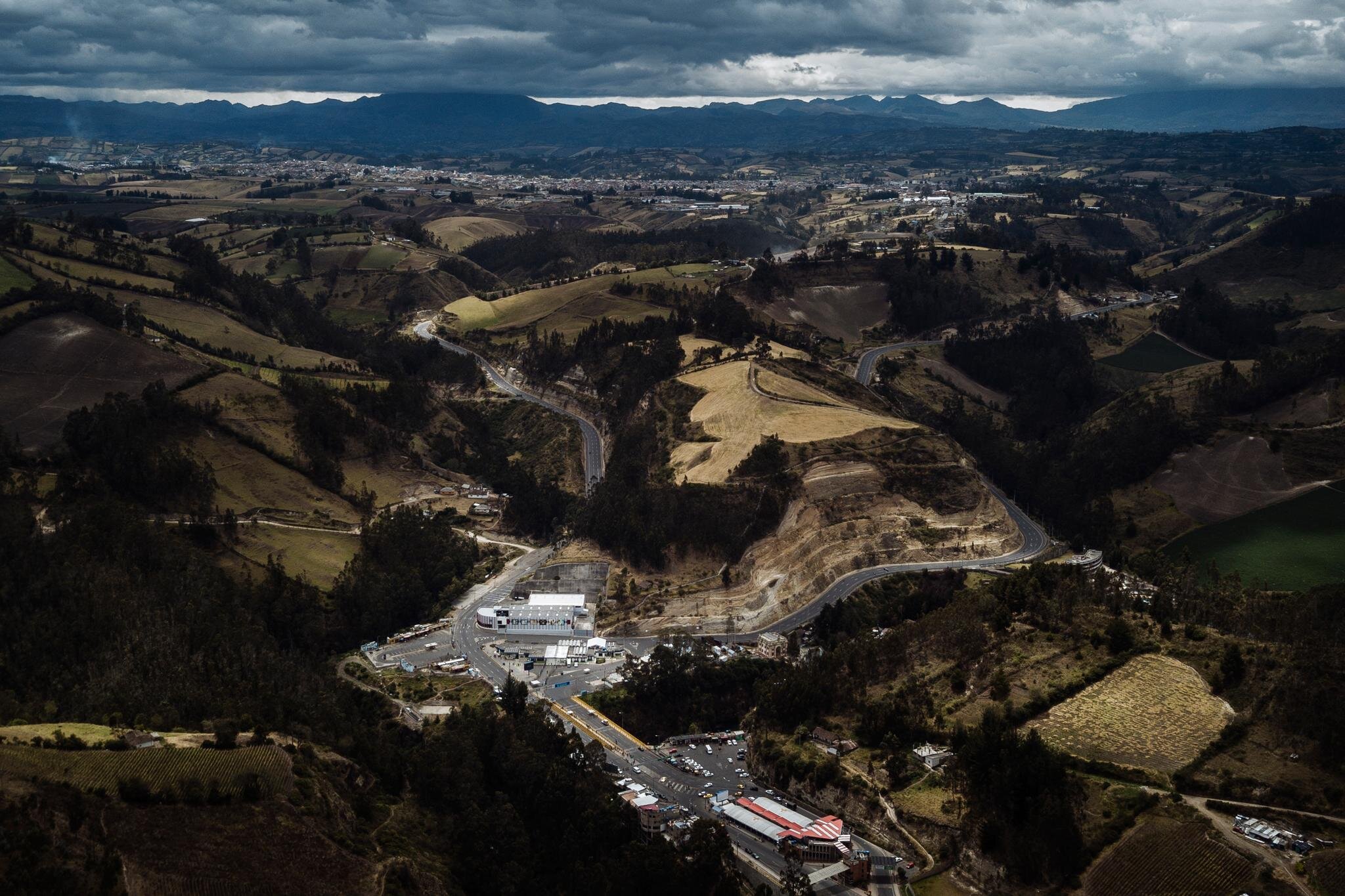
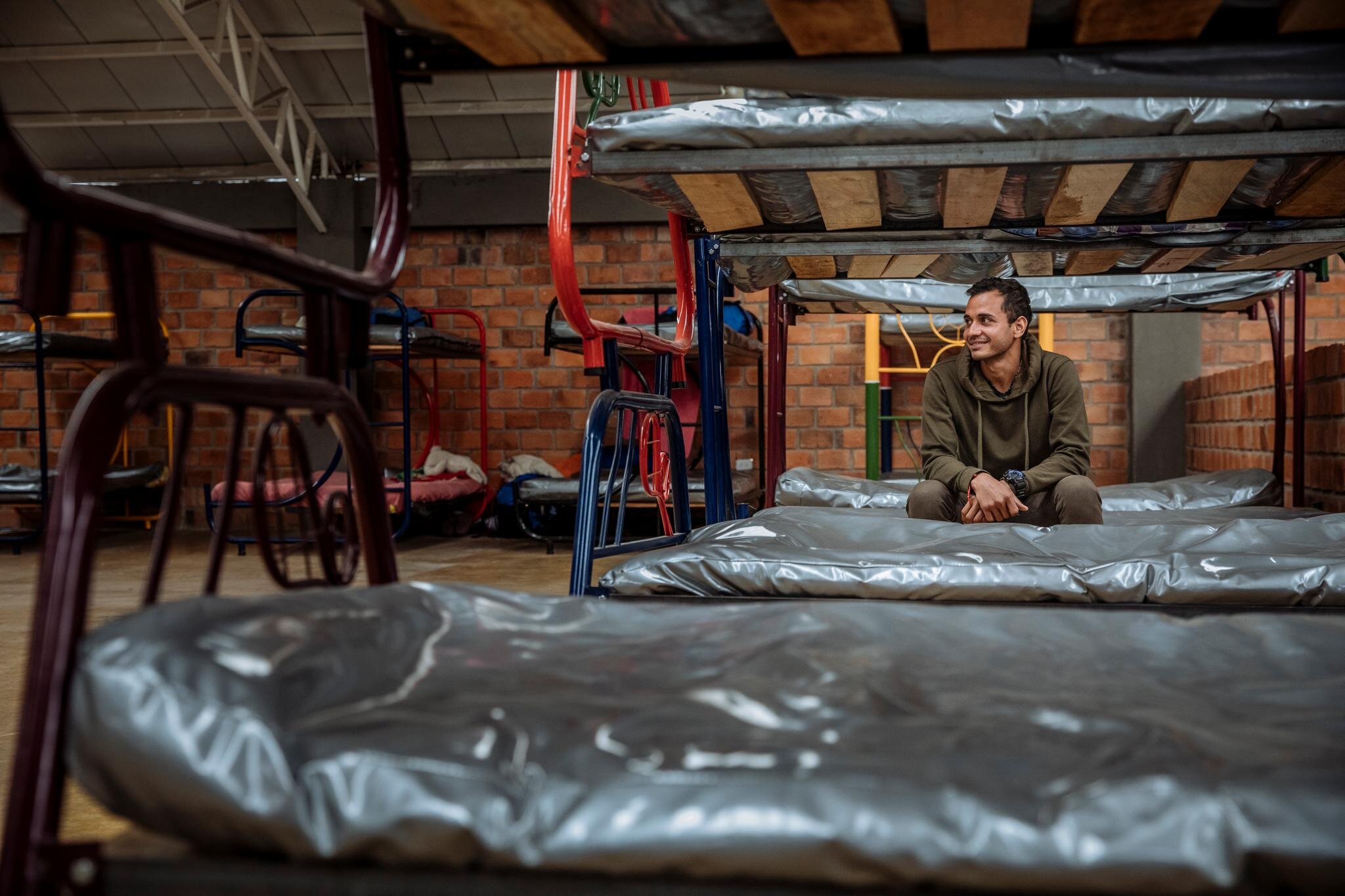
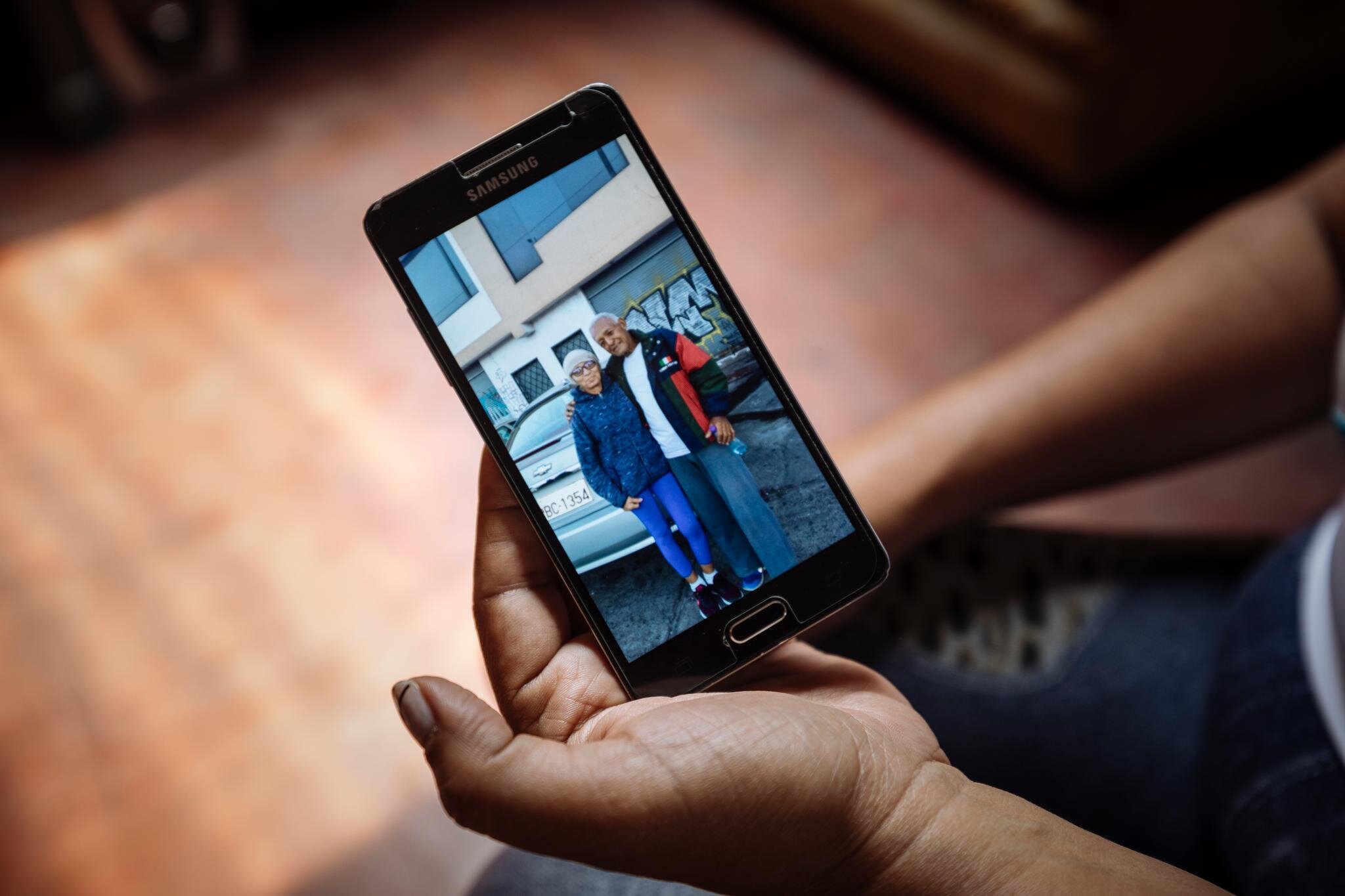
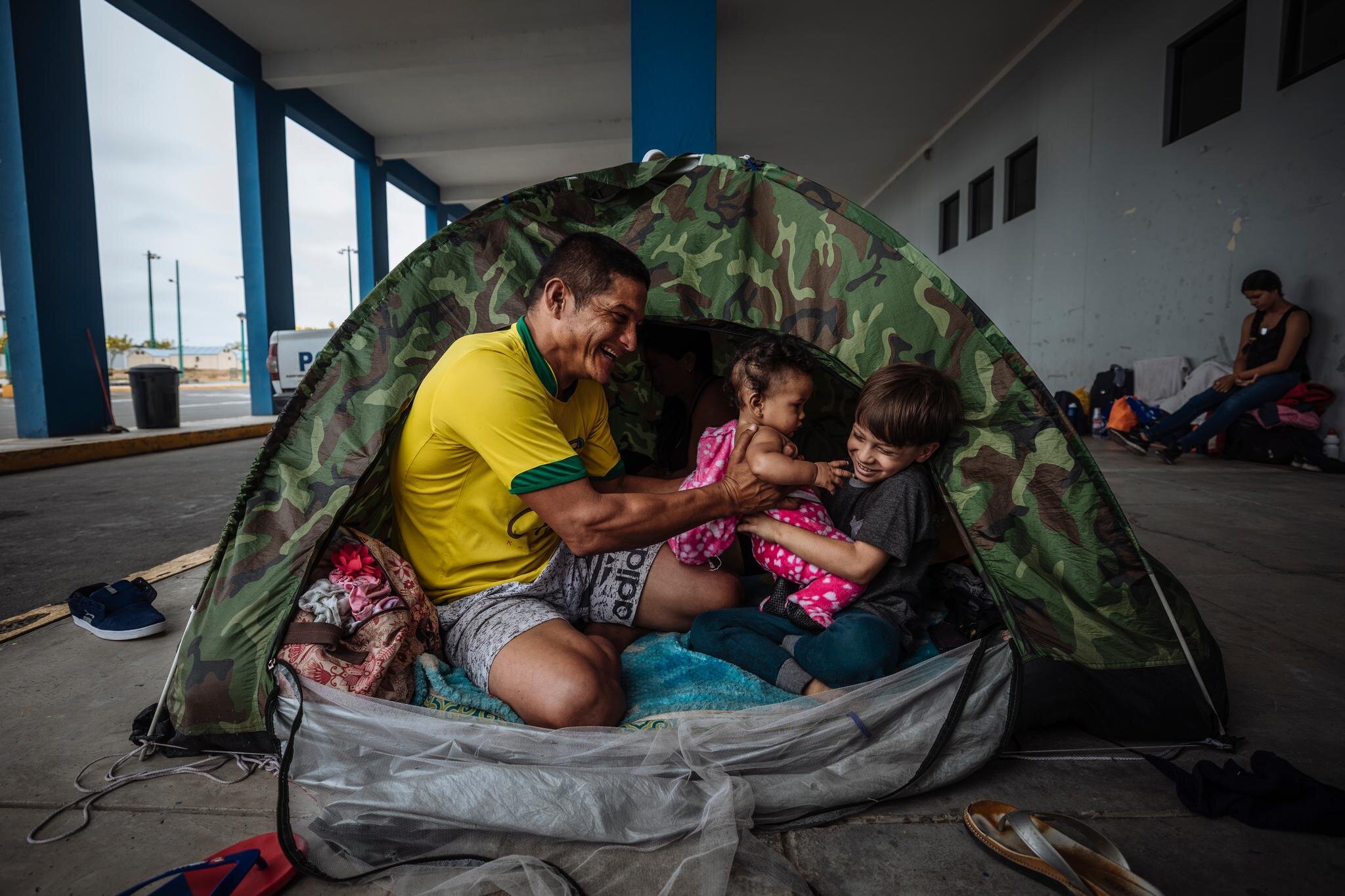


Caminantes, as millions of Venezuelan walkers are known, trek along South American highways, cross mountain ranges where temperatures dip below zero and move across low arid lands where temperatures soar to 40 degrees. Political instability, economic collapse and rising insecurity in Venezuela have triggered the flight of nearly 4.5 million people from their home country in recent years. They are day labourers and nurses, teachers and shopkeepers. Some travel with their families, others hope to send money to cash-strapped relatives back home where the cost of living has spiralled out of control and a typical month's salary won't buy more than a bag of rice.
The movement of Venezuelans out of their country represents one of the fastest-growing displacement crises in the world and the most severe in Latin America's modern history - a humanitarian emergency stretching thousands of kilometres across multiple countries - to sparsely populated highlands of Colombia, the streets of Ecuador, Peru and Chile's largest cities, and beyond. Some have the resources to travel by plane, land and sea, but many have no choice but to walk for days on end with only their most valuable possessions, relying on the generosity of strangers.
Nevertheless, Venezuelans on the move must mainly rely on their own resources, resilience and hope for a better tomorrow.

A Venezuelan family leaves the bus terminal in Bogota, a hub for Venezuelans transiting through the Colombian capital. Bogota’s Mayoral Office runs an information point in the station where migrants and refugees can connect to services provided by humanitarian organizations, including shelter, transport within Colombia, emergency kits or health services.

Charlotte and Pedro walked 14 days from their home in Venezuela to Bogota, Colombia, taking turns carrying their six-month-old son. Charlotte’s brother is waiting for them in Ecuador, where they hope to find work.
“On the journey, many people helped us, other Venezuelan caminantes and Colombians who we met. We would eat only bread that people would give us. In Venezuela, our salary didn’t even cover a loaf of bread.”

Mayelín travelled 1.546 kilometres in four days from her home city of Caracas, Venezuela to Bogotá. She stays at a transit centre with her husband and son in Colombia’s capital.
“I’ve worked in the same restaurant since I was 15 years-old. I was earning 10,000 Bolivars (VES) per week which let me provide for my family. After the restaurant closed and the currency lost value in Venezuela, I could no longer afford even a bag of rice.”

Venezuelans walk along the side of the road from the Colombian border town of Cucuta toward Pamplona, one of the first major cities along the migration route to the capital, Bogota. Healthy and able-bodied travellers usually complete the 75 kilometre stretch from Cucuta to Pamplona in three days; the journey is much longer for children, the elderly and disabled.

José Quero (second on the left) departed Venezuela with four friends in the middle of the night, leaving behind his three children.
“We’re more like brothers and sisters. When we laugh, we laugh together; when we cry, we cry together. When we stop, we stop together and when we move, we move together. We do more than just accompany each other; we are a family.”

Caminantes have their injuries treated by aid workers at an International Organization for Migration Humanitarian Tent along the road to Pamplona, Colombia. Their long journeys, often made in flip flops or sneakers, result in many foot injuries.

Venezuelans cross the Puente Internacional Simón Bolívar, the busiest border point between Venezuela and Colombia’s Department of Norte de Santander. Approximately 50,000 Venezuelans cross into Colombia through the three official border crossings in this Department daily.

Rigoberto pauses on the side of the road on the outskirts of Pamplona, Colombia. He has been walking for three days toward San Gil where he hopes to find work on a coffee plantation.
“I used to work for an electrical company,” he says. “I was paid exactly enough to buy half a dozen eggs per week. The electricity shuts down all the time. People wonder why we don’t protest the situation, but the reason why is simple: we are hungry.”

Steven is trying to hitchhike over the Paramo de Berlin highland pass between Cucuta and Bogota, Colombia – 3,000 metres above sea level.
“I made this same journey last year and this part was really horrendous. People warned me not to walk up because I would freeze but I told myself I had to do it and I just kept going. By the time I reached the top, I didn’t think I would survive. I was freezing; my hands had turned purple.”
He hopes a passer-by will help him and his three friends safely over the mountain this time.

It is the day before Neida is due to deliver. She has been staying at a transit centre in Cucuta with her husband and two children while she awaits the Caesarian Section she could not get at home.
“I’ve already lost two children to miscarriages in Venezuela,” she says. “Tomorrow I’ll give birth to my child. I hope it is a boy.”

Children get settled in the women and children’s section of a shelter in Ipiales, Colombia, located on the border with Ecuador. Venezuelans can receive a bed, a warm meal, health services and psychosocial counselling before continuing their journey.

The border between Colombia and Ecuador serves as a major artery along the Andean Corridor for Venezuelans travelling south. Some cross the Rumichaca Bridge regularly while others who cannot secure visas pass through informal and more dangerous pathways across mountains and rivers.

Johan left Venezuela last year when he was no longer able to access the HIV medication he needed.
“When I asked for medicine in Venezuela it took so long to arrive that by the time it came it was expired. I left everything in Venezuela. My family, the love of my mother, my brothers. They've always been in my heart. I miss them. I want to go back, but without access to treatment it's difficult.”

Ana, a lawyer, shows a photo of her father on her phone. When she first came to Ecuador, she could not bring her father along. Ana would send her what little money she could save to help pay for his medicine but knew that he would not live long if he stayed in Venezuela without medical care.
"I feared the day I would get a phone call telling me to stop sending money for his medicine and instead send money for his coffin.”

Cesar plays with his daughter and nephew in a makeshift tent on the border between Ecuador and Peru. The former mechanic left the country with his family when his salary could no longer feed his family.
The family reached the border a month ago. They are waiting on the border until their daughter’s visa can be processed and they can cross safely and regularly to Peru. Many Venezuelans in South America live in limbo while waiting for visas and other documents that will allow them to reach their desired destinations through official routes.

Yesina is staying at a shelter for Venezuelans in Tumbes, Peru. She was lucky enough to make the journey across Colombia, Ecuador and Peru by bus but she had to sell all her possessions to afford the ticket.
"One of the hardest things was looking out the window and seeing all the people who could not afford to be on the bus just walking and weathering the cold. They would just be there on the side of the road bundled up, freezing, begging for a ride along with their children,” she recounts, holding back tears.